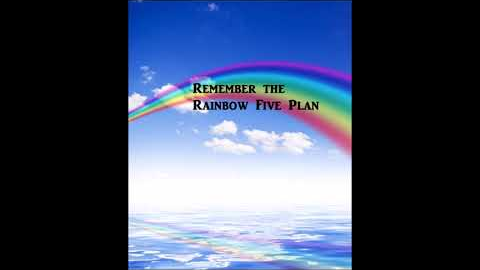Remember Pearl Harbor - Final War
833 View
Share this Video
- Publish Date:
- January 9, 2023
- Category:
- Pearl Harbor
- Video License
- Standard License
- Imported From:
- Youtube

By mid-1940, China was at war with Japan, the UK was at war with Germany and the US was sitting on the sidelines. Sort of. Industrialists in the US were producing war materials for the UK while supplying Japan and China. Of course, the US would do even better if its industries could maximize production on a war-time footing. But America's population didn't want war; we know this because the US president, Franklin Roosevelt, had been elected while campaigning to keep the US out of the fighting.
Then came the UK's bankruptcy and the UK made purchases specifically on credit. Manufacturers and investors in the US began to wonder: what if the UK lost the war? Was repayment guaranteed, and would Japan simply snatch the UK's colonial empire in Asia? Could the US prevent this by taking down Japan? The US military and government convened to discuss the matter, leading to the drafting of the "McCollum memo", which stated:
"It is not believed that in the present state of political opinion the [US] government is capable of declaring war against Japan without more ado; and it is barely possible that vigorous action on our part might lead the Japanese to modify their attitude. Therefore the following course of action is suggested:
A. Make an arrangement with Britain for the use of British bases in the Pacific, particularly Singapore
B. Make an arrangement with the Netherlands for the use of base facilities and acquisition of supplies in the Dutch East Indies
C. Give all possible aid to the Chinese government of Chiang-Kai-Shek
D. Send a division of long range heavy cruisers to the Orient, Philippines, or Singapore
E. Send two divisions of submarines to the Orient
F. Keep the main strength of the U.S. fleet now in the Pacific[,] in the vicinity of the Hawaiian Islands
G. Insist that the Dutch refuse to grant Japanese demands for undue economic concessions, particularly oil
H. Completely embargo all U.S. trade with Japan, in collaboration with a similar embargo imposed by the British Empire
If by these means Japan could be led to commit an overt act of war, so much the better. At all events we must be fully prepared to accept the threat of war."
The last sentence was the only part of the memo underlined, and in bright red no less - it seemed to be important...
In 1941, Roosevelt met the UK's leader, Winston Churchill, to discuss the above details and what found its way into the Rainbow Five plan. The plan called for the US to raise a 10-million-man army, including 5 million men to invade Europe to help the UK win its war. The plan was leaked to the Chicago Tribune, a US newspaper. The public, not interested in war, was outraged. Some Republicans in the US Congress demanded an investigation to find who was pushing for war, and why.
Meanwhile, the US cut deals to manufacture airplanes for the Chinese to fight Japan and had stopped selling oil to Japan, which left Japan without a major fuel source. Japan considered expansion into the South Pacific to secure oil access, but assumed the US would tried to stop Japan. Perhaps, then, Japan could disable the US fleet with a quick strike and expand to take what was needed in the Pacific before the US could recover and intervene. Japan took the gamble and, in December 1941, sent its air force to attack the US fleet, which Japan thought to be stationed off Hawaii. The US intercepted radio calls and even engaged a Japanese sub that had entered the area and sunk it. But none of this was relayed to the public, which would put the public on alert. The military in Hawaii was also kept out of the loop. Consequently, when Japan struck, the pro-war lobby in the US had the perfect narrative to get the public not only to accept war, but demand it.
Germany chose to honor its alliance with Japan and declared war on the US. Thus, the attack at Pearl Harbor sealed the deal for America's pro-war lobby. War had come; moreover, the ships the US had anchored at Hawaii were obsolete ships called dreadnaughts and, before the attack, production had begun on battleships with more era-appropriate armor and firepower; even more importantly, no US aircraft carriers had been lost in the attack on the US fleet, as the carriers were not left there. Thus, the US was in position to abruptly engage Japan.
As the war production economy kicked into swing the US, the Great Depression there came to an end. The same corporations that had backed the UK were driving the effort; and, after the war was won, they were rewarded with the chance establish themselves in Europe after the war and be part of the rebuild.
The response to the attack inspires a nationalist message, because brave US men - civilians - rallied to defend their own and avenge the lost. But, in reality, only six fewer civilians died in the Waukesha terror attack of 2021, which the media does not consider newsworthy even a week after the fact. Really makes you think.
#pearlharbour
#pearlharbor
#ww2
#thomasfleming
#newdealerswar
#rainbow5
#1941













